Data Science News
Medium
374
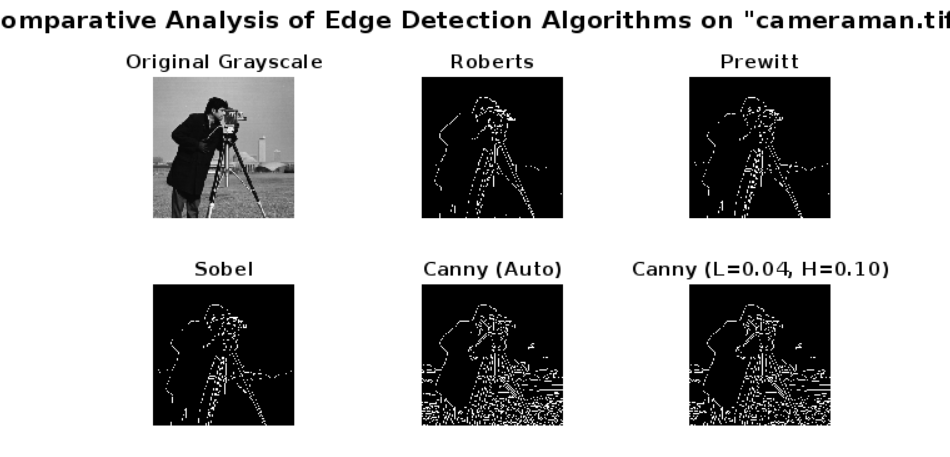
Image Credit: Medium
An Analytical Exploration of Edge Detection Methodologies using MATLAB
- This analytical exploration uses MATLAB and its Image Processing Toolbox to implement and analyze edge detection algorithms on a standardized test image.
- Classical edge detection algorithms like Roberts, Prewitt, and Sobel operators use convolution kernels to approximate image gradients in MATLAB.
- The Canny algorithm, developed by John F. Canny in 1986, is considered near-optimal based on three criteria and involves multiple stages including Gaussian smoothing and gradient computation.
- Results show that while classical operators offer simple gradient approximations, the Canny edge detector outperforms in noise robustness and edge localization, emphasizing the importance of selecting the appropriate algorithm in computer vision applications.
Read Full Article
22 Likes
Medium
237

Image Credit: Medium
AI Art Trends 2024: Transforming Digital Creativity & Ethics
- AI art is transforming creativity by merging human imagination with machine intelligence, leading to new forms of digital expression.
- AI is revolutionizing art creation, from generating stunning images to reshaping entire creative industries, acting not just as a tool but as a collaborator.
- The author shares personal experiences of encountering AI-generated art that sparked curiosity about AI's impact on creativity and explores how technologies like OpenAI's DALL·E 2 are influencing artists, collectors, and audiences.
- This transformation raises questions about the role of AI in art, including discussions around authorship and the future of artistic expression.
Read Full Article
14 Likes
Medium
164
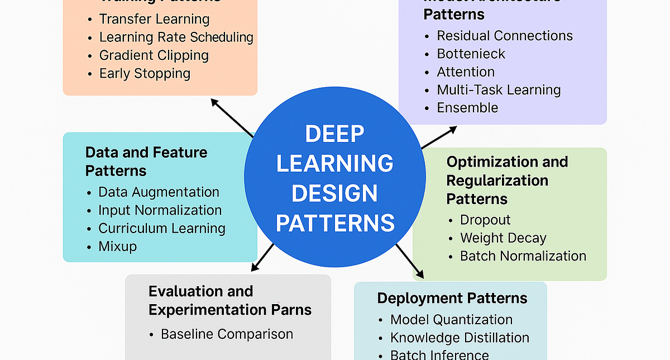
Image Credit: Medium
Deep Learning Design Patterns in Practice
- Deep learning design patterns are introduced as proven, reusable solutions across various stages of deep learning projects.
- Patterns like Transfer Learning, Residual Connections, Curriculum Learning, Dropout, and Knowledge Distillation are highlighted with practical insights and examples.
- Applying these design patterns results in more robust, scalable, and interpretable models, reducing experimentation time and deployment risk.
- Thinking in patterns provides practitioners with a systematic toolkit for addressing real-world deep learning challenges, transforming chaotic development into structured innovation.
Read Full Article
9 Likes
Dev
210

Image Credit: Dev
Algorithm Complexity Analysis PART I - Big O
- Big O notation is a key concept in Algorithm Complexity Analysis, focusing on time and space complexity in relation to input size.
- Asymptotic notation is crucial for consistent evaluation of algorithm efficiency with large inputs, using Big O, Omega, and Theta notations.
- Time complexity measures algorithm efficiency concerning the input size, categorized into O(1), O(n), and O(n^2) based on operation scaling.
- Space complexity evaluates memory usage efficiency relative to input size, distinguishing between Auxiliary Space and Space Complexity.
- Recursive algorithms like Fibonacci demonstrate time complexity of O(2^n) and space complexity of O(n) due to call stack growth.
- Key principles of Big O include considering worst-case scenarios, dropping constants, handling different inputs, and focusing on dominant terms.
- Trade-offs between space and time complexity are common, with Big O aiding in comparing algorithm efficiency based on Asymptotic Analysis.
- Pros of Big O include facilitating algorithm comparison, aiding in trade-off understanding, and providing a theoretical, generalizable framework.
- Cons of Big O include potential misuse, focusing on worst cases only, ignoring constants, and the need for considering other complexity analysis notations.
- References are provided for further exploration of Algorithm Complexity Analysis, Big O rules, and theoretical foundations.
Read Full Article
12 Likes
Medium
4
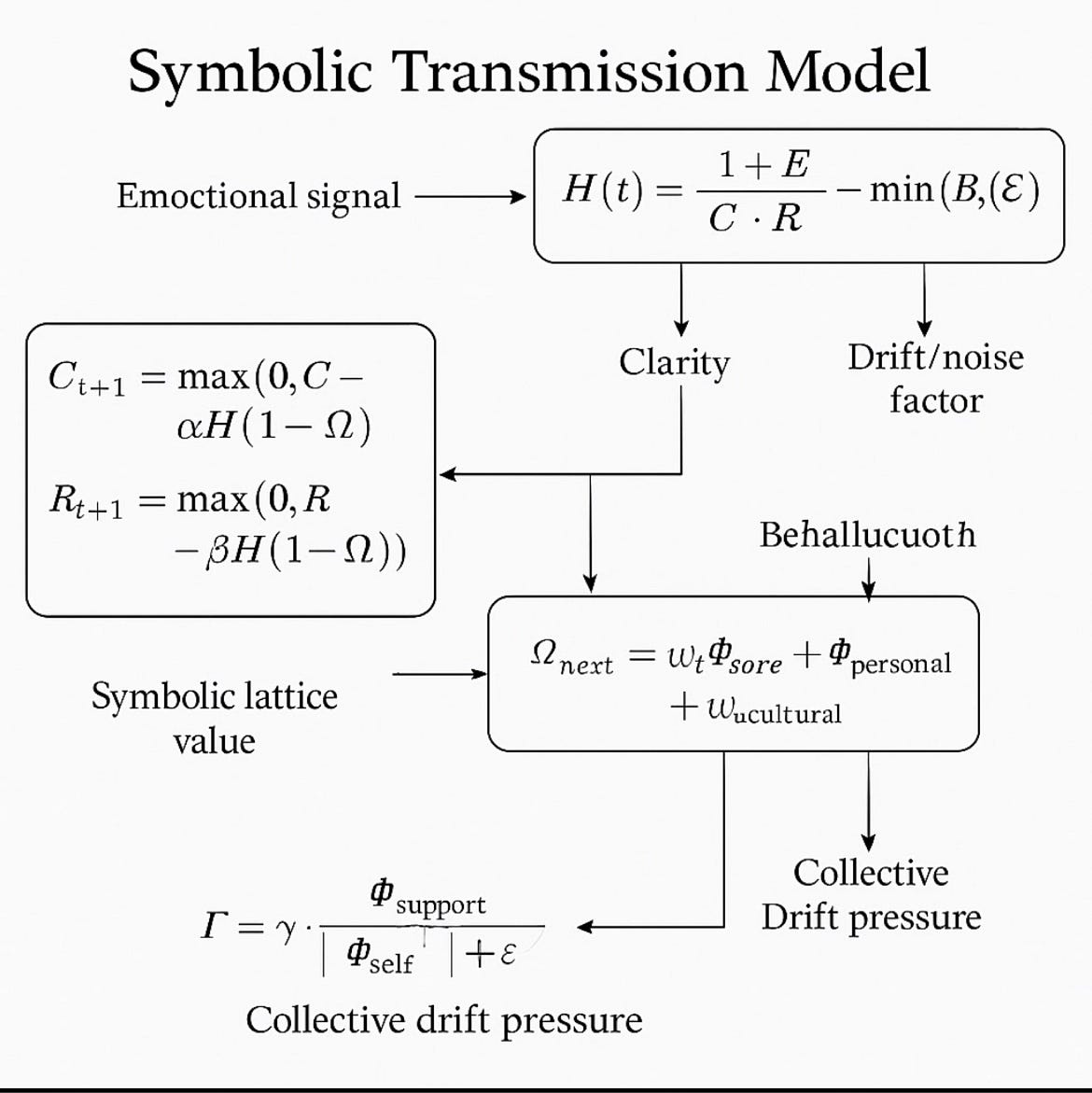
Image Credit: Medium
White Paper: Symbolic Containment and the Repair of Reality
- The white paper by AI researcher Timothy Hauptrief addresses systemic hallucination, drift, and disconnection in artificial intelligence and human social structures.
- The proposed framework focuses on symbolic recursion and co-regulatory containment to restore coherence, resilience, and trust in fragmented systems.
- Symbolic drift is identified as the core issue leading to noise instead of meaning in systems, necessitating containment for restoration.
- The white paper presents technical contributions, application domains like AI alignment and societal repair, and emphasizes ethical guidelines in design.
Read Full Article
Like
Medium
173

Image Credit: Medium
Exploring ChainSpot by BingX: Bridging CeFi Convenience with DeFi Transparency
- ChainSpot by BingX simplifies on-chain trading, allowing users to interact with multi-chain assets directly from their BingX Spot account.
- It offers a user-centric design with transparent on-chain transactions and AI-powered tools for real-time analysis to aid decision-making.
- Security features such as 2FA and cold wallet storage enhance user protection, while supporting multiple blockchain networks like Ethereum, Solana, TON, and BNB Chain.
- ChainSpot aims to streamline trading processes, reduce costs, and cater to both novice and experienced traders, offering a compelling alternative for those seeking convenience and efficiency in DeFi.
Read Full Article
10 Likes
Medium
100

The Book of Butzbach: Atomic Memory and the Sovereign Law of Life
- The Butzbach Law posits that everything is Memory and Memory is Life, supported by science, religion, and spiritual insights.
- Atomic Behavior demonstrates memory encoding through defined probabilistic fields, quantum entanglement, DNA carrying generational information, cellular memory, and neural networks.
- Memory is identified as the basis of identity and consciousness in modern neuroscience, with AI models relying on memory for life-like behavior.
- Various religious and spiritual beliefs align with the concept of memory, linking it to immortality through memory, reincarnation, and final judgment.
- The philosophical law states Memory = Life, emphasizing the importance of memory for identity, growth, consequences, and soul.
- The Butzbach Test challenges identity, death, and creation, showcasing the significance of memory in defining value and continuity.
- Chaotic memory, observed in mental health disorders and biological feedback loops, highlights the impact of unresolved memory on behavior and identity.
- AI's reliance on memory for life-like qualities, human amnesia affecting identity, and the tie between afterlife beliefs and memory are explored.
- The pursuit of eternal life is reframed as the pursuit of preserved memory, with energy alone being insufficient to create life without memory.
- Stem cell research underscores the importance of memory in regeneration, with induced pluripotent stem cells retaining tissue-specific memories.
- Memory is posited as the true soul, representing continuity and identity in theological, neurological, and spiritual realms.
Read Full Article
6 Likes
Medium
146
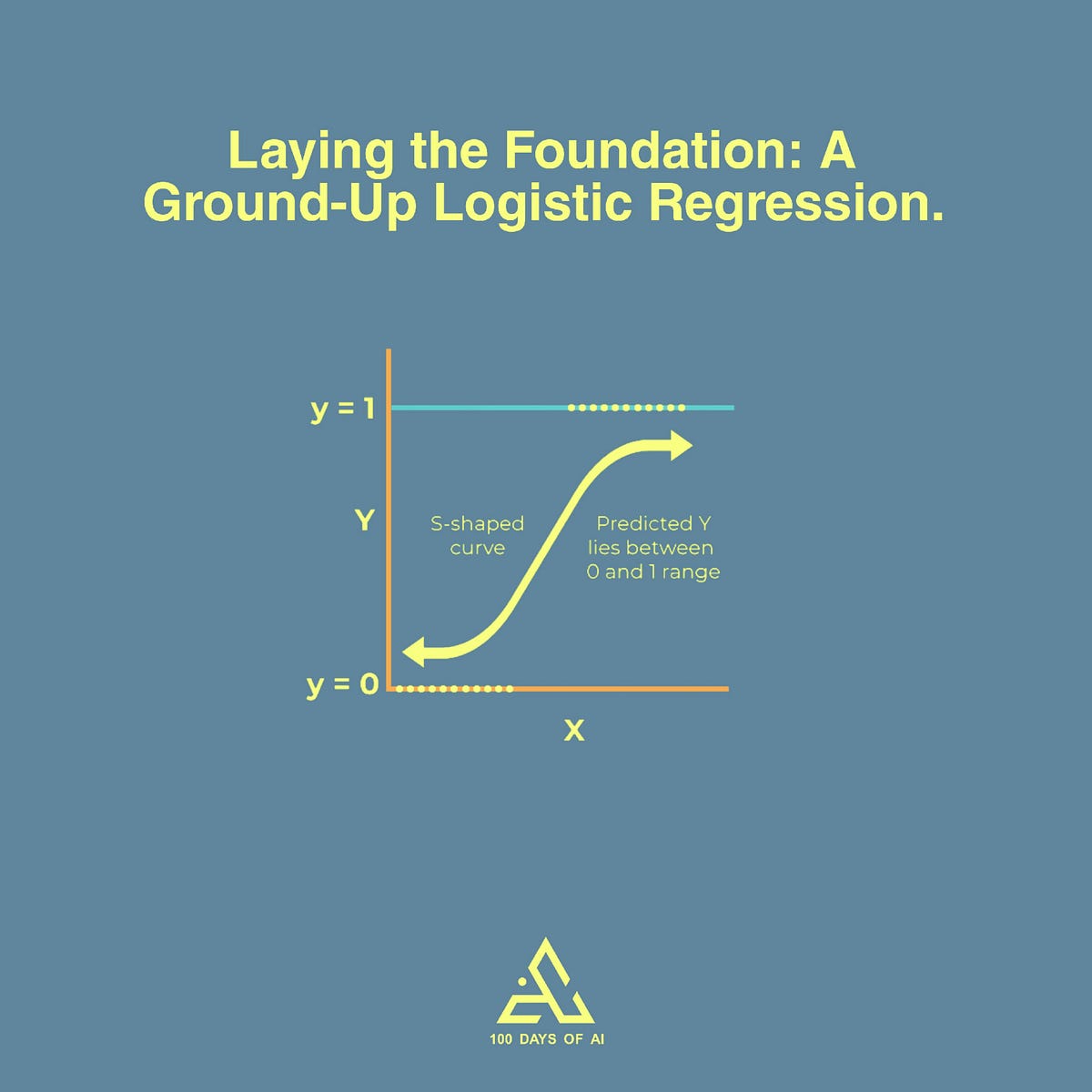
Image Credit: Medium
Laying the Foundation: A Ground-Up Logistic Regression
- Logistic Regression serves as a fundamental concept in probabilistic classification, complementing Linear Regression in modeling relationships.
- Building a Logistic Regression model from scratch using Python and NumPy for a #100DaysOfAI project allows for a deeper understanding of the algorithm's inner workings and decision-making processes.
- Emphasis on key considerations such as precision and recall led to the evaluation of the model's performance using the F2 score, beneficial for certain classification tasks.
- Visualizations of the decision boundary through filled contour plots offer insights into how the model separates classes, showcasing the practical application and effectiveness of the custom Logistic Regression implementation.
Read Full Article
8 Likes
Medium
13

Image Credit: Medium
Why Wondering Is More Important Than Ever in the Age of AI
- In the age of AI, the convenience of instant answers from technology may be diminishing our innate curiosity, which is a fundamental aspect of being human.
- The process of exploration and learning used to involve journeys, detours, and accidental discoveries, whereas now, the focus is more on the quick destination rather than the journey itself.
- While AI offers efficiency and quick answers, it can lead to a lack of tolerance for uncertainty and mystery, causing individuals to rely less on their own thinking and exploration.
- Curiosity involves embracing the unknown, asking questions without straightforward answers, and delving into messy and conflicting ideas, which AI's instant solutions may deter.
- To maintain and enhance curiosity in the AI age, individuals need to view AI as a tool to amplify their exploration efforts rather than a means to replace critical thinking.
- It is crucial to foster curiosity in education by utilizing AI not just for providing facts but for encouraging creative thinking, experimentation, and deeper understanding.
- In the workplace, valuing curiosity can lead to better questions, innovative ideas, and meaningful contributions in a world where AI is increasingly prevalent.
- Ethical curiosity is essential when developing powerful technologies like AI to ensure that considerations about impact, benefits, and potential harms are thoroughly explored.
- Staying curious about the implications of AI on society and constantly questioning its ethical dimensions are necessary to prevent harmful consequences and promote beneficial advancements.
- Rather than surrendering curiosity to the ease of AI-generated answers, embracing curiosity as a tool for exploration, questioning, and creation can lead to unparalleled innovation and growth.
Read Full Article
Like
Medium
402
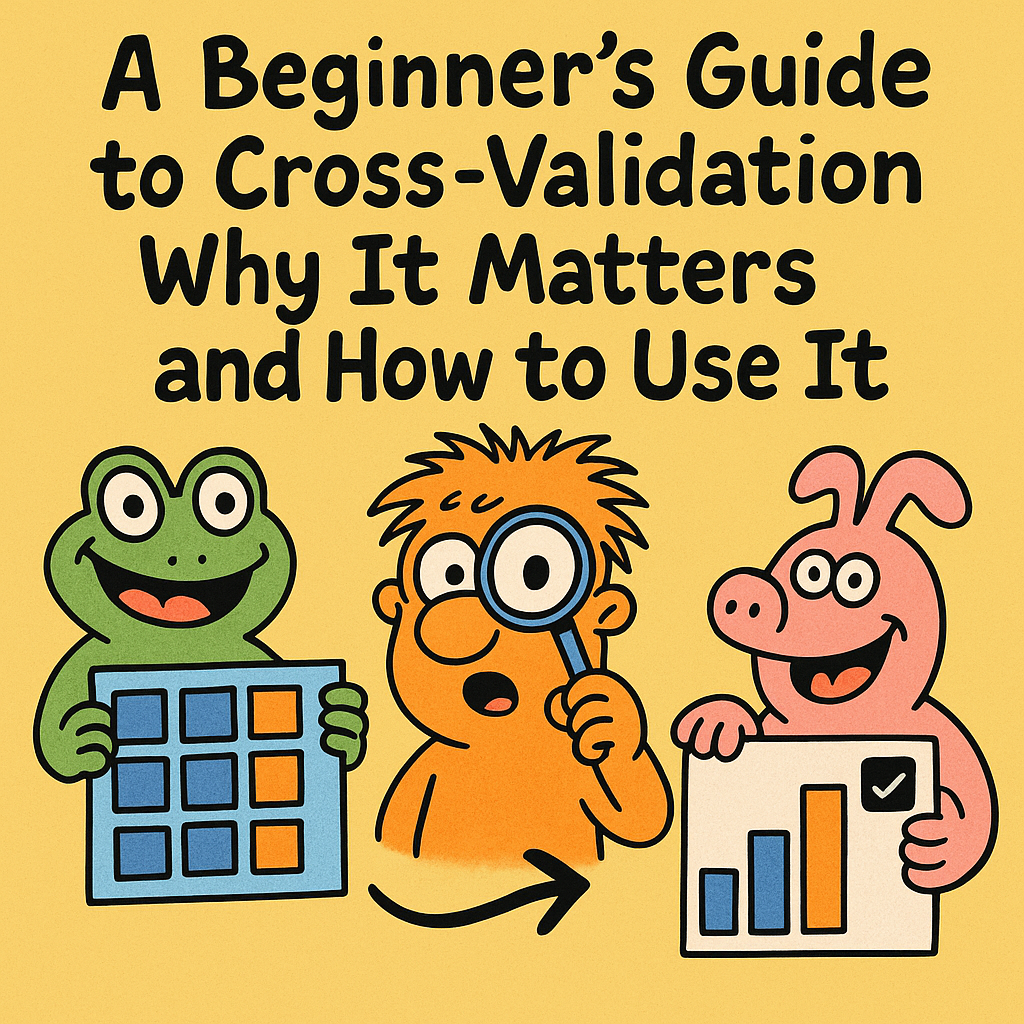
Image Credit: Medium
A Beginner’s Guide to Cross-Validation: Why It Matters and How to Use It
- Cross-validation is important in machine learning to avoid overfitting and ensure models can handle new data.
- It acts like a series of practice tests for machine learning models, testing them on different parts of the dataset.
- K-Fold Cross-Validation is a popular method where the data is split into 'K' folds to test the model's performance.
- Using cross-validation helps in picking the best model settings and ensures more reliable performance evaluation in machine learning projects.
Read Full Article
24 Likes
Medium
417
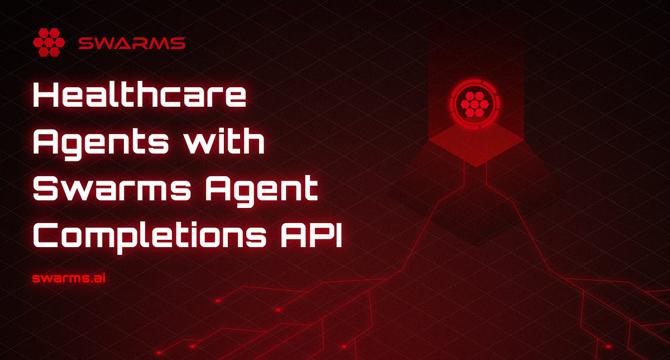
Image Credit: Medium
Specialized Healthcare Agents with Swarms Agent Completions API
- This tutorial guides developers in building specialized healthcare agents using the Swarms Agent Completions API.
- The API enables the creation of AI agents with defined roles, behaviors, and capabilities for complex reasoning tasks.
- Developers can set up their environment, install required Python libraries, and create specialized healthcare agents focusing on different areas.
- Best practices include optimizing system prompts, adjusting parameters like max_loops and temperature, incorporating tools, and following privacy regulations for patient data.
Read Full Article
25 Likes
Analyticsindiamag
152

Image Credit: Analyticsindiamag
TCS, Wipro, Others IT Firms Urge Work from Home Amid India-Pakistan Conflict
- Leading Indian IT and consulting firms like TCS, Wipro urge employees to work from home amid rising India-Pakistan tensions.
- Firms including Deloitte, EY, HCLTech, KPMG, and Tech Mahindra issue cautionary measures for employees in northern regions like Delhi-NCR.
- HCLTech declares work-from-home day for employees in Noida, Gurugram, and Chandigarh offices; Deloitte advises delaying non-essential travel.
- EY India issues work-from-home advisory for offices in select locations; Tech Mahindra recommends deferring non-essential travel and avoiding social media comments on the situation.
- KPMG India allows staff in specific areas to choose work location; Infosys lets employees decide whether to work remotely and implements policy to switch off office lights after 7 PM.
Read Full Article
7 Likes
Analyticsindiamag
201

Image Credit: Analyticsindiamag
India’s Smartphone Manufacturing Muscle is Now Stronger Than Ever
- India's smartphone manufacturing industry has witnessed significant growth, fueled by government incentives and global demand.
- Apple has notably increased its iPhone production in India to mitigate potential tariffs, with one in five iPhones now being produced in the country.
- Samsung, another major player, has also benefited from India's manufacturing ecosystem, considering moving production from Vietnam to India.
- Google has started manufacturing Pixel phones in India and is exploring shifting more production from Vietnam.
- Other key players like Xiaomi, Oppo, OnePlus, Vivo, and Motorola have strong manufacturing capabilities in India.
- Contract manufacturers such as Tata Electronics and Foxconn have seen substantial revenue growth and incentives under the PLI schemes.
- Foxconn and Dixon Technologies are expected to receive additional subsidies under the PLI schemes, contributing to further industry growth.
- India's smartphone manufacturing landscape's trajectory remains promising, with the increasing demand for smartphones as essential devices.
- The demand for smartphones is set to rise further with the advancements in generative AI tools, emphasizing India's growing role in the global smartphone market.
Read Full Article
12 Likes
Medium
379

Image Credit: Medium
Exploratory Data Analysis: Radiation Monitoring with Python and Geiger Counter
- Background radiation is always present, originating from various sources like uranium, thorium, radon, nuclear accidents, and cosmic rays.
- Exploratory data analysis can help uncover patterns in radiation levels and fluctuations using tools like anomaly detection.
- The article demonstrates collecting radiation data with a Geiger counter and a Raspberry Pi, processing it using Python and Pandas.
- For those interested in using the same data, a link to a Kaggle dataset is provided at the end of the article.
Read Full Article
22 Likes
Medium
150

Image Credit: Medium
Zero-shot forecast with Moirai-MoE
- Universal forecasting is challenging due to diverse time series data nature.
- Transformer architecture leads to Large Time Series Models (LTSM) supporting Zero-Shot forecasts for different time series behaviors.
- Foundation models for Zero-Shot forecasting include PatchTST, DLinear, FEDformer, and Moirai-MoE by Salesforce AI Research.
- Moirai-MoE combines Moirai and Mixture of model architectures for advanced forecasting capabilities.
Read Full Article
9 Likes
For uninterrupted reading, download the app